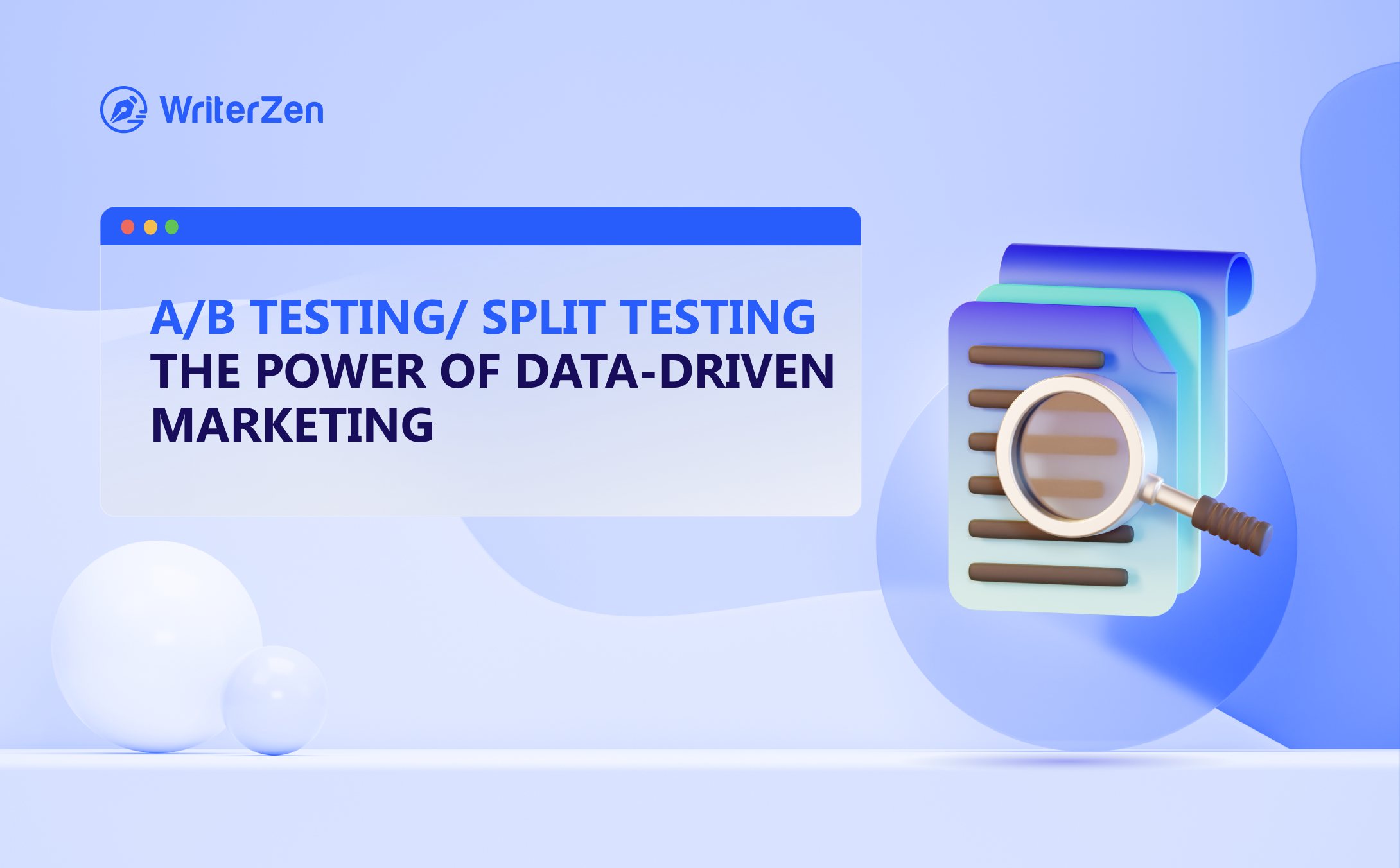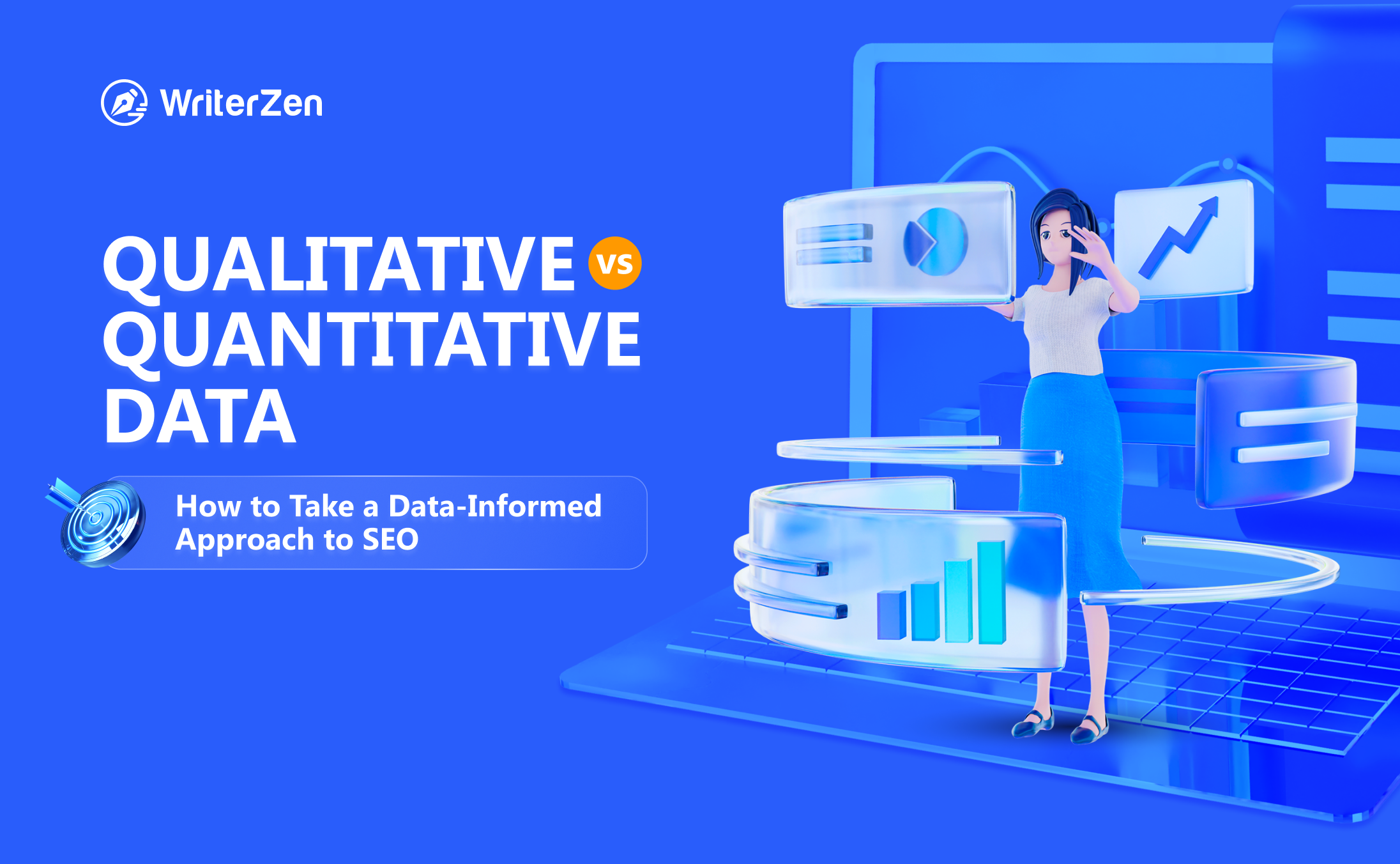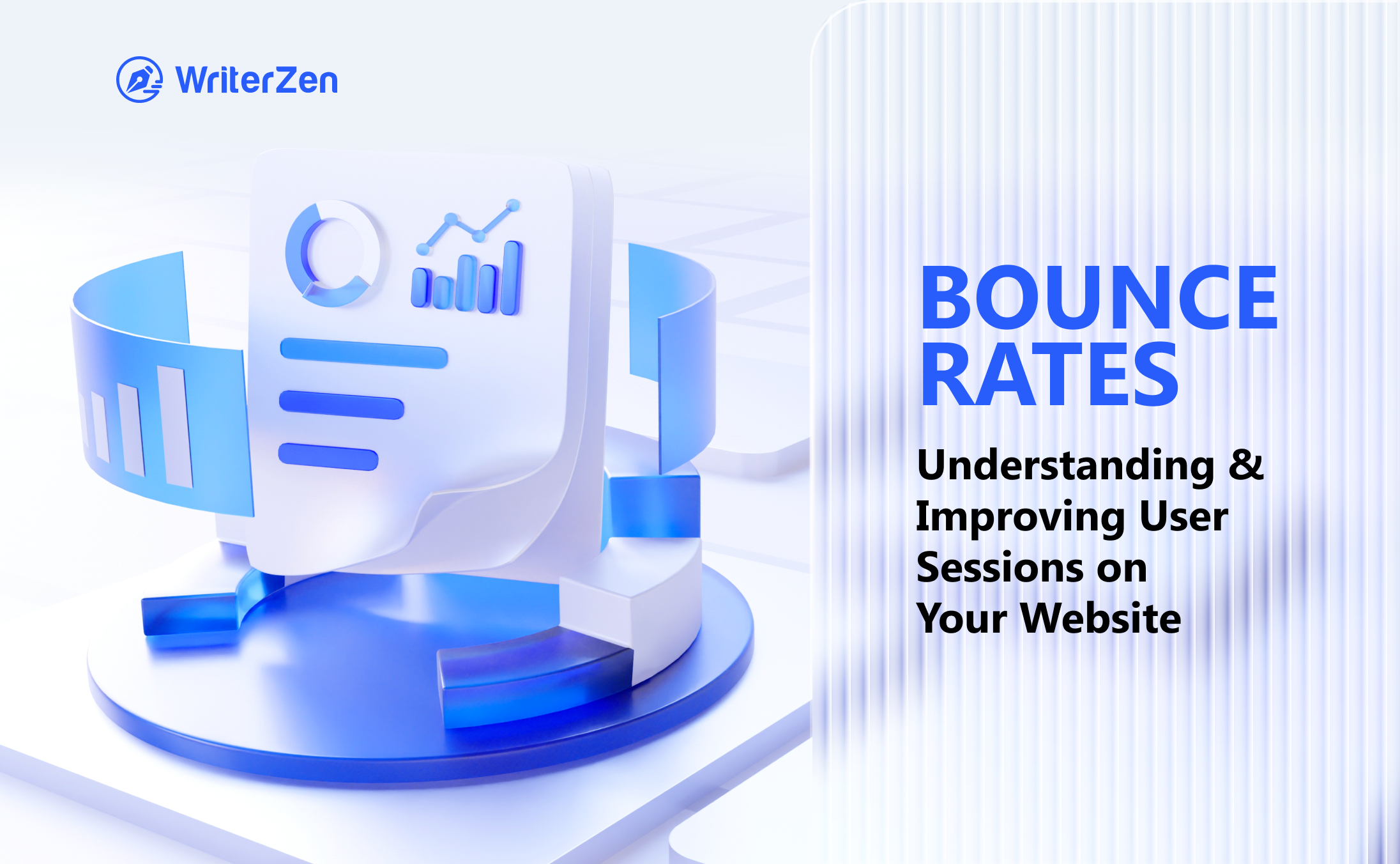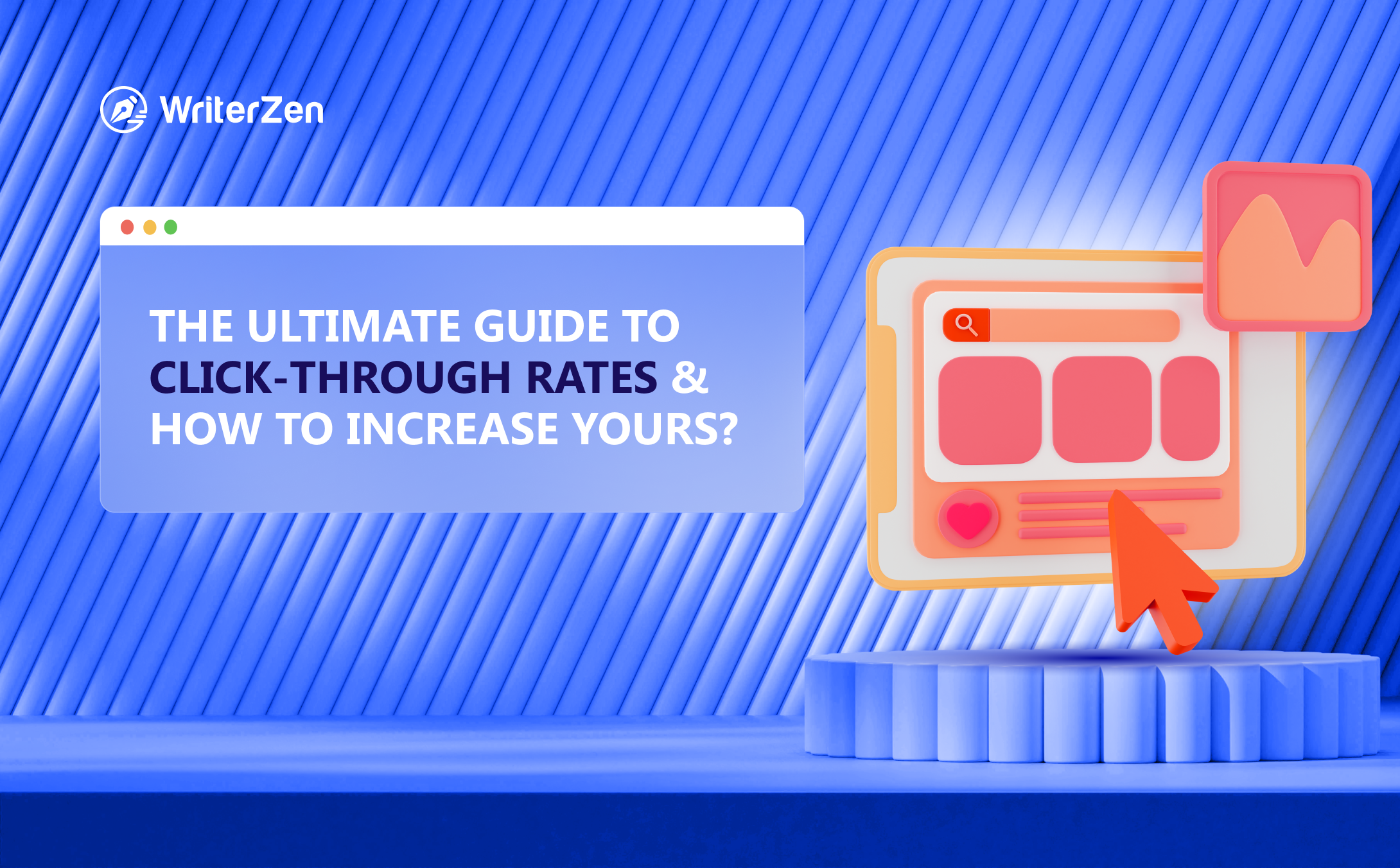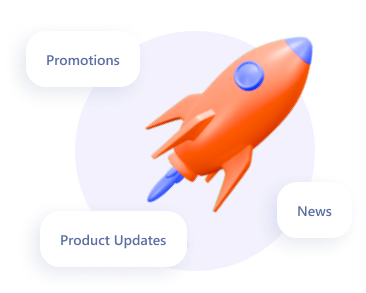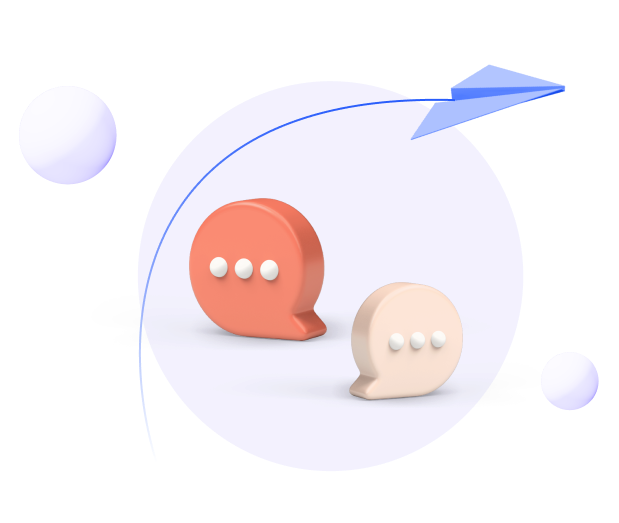A/B testing, where data meets marketing!
This comprehensive guide will cover the types of A/B testing, why it's crucial for marketing success, and a step-by-step guide on how to conduct A/B tests and use it to optimize your strategies through data-backed decisions
A/B Testing/ Split Testing Definition
A/B testing, also known as split testing, is a method marketers use to compare two or more variations of a webpage, social media posts, email, ad, or any other marketing element to determine which one performs better.
The primary objective is to identify the most effective version based on specific performance metrics, such as click-through rates (CTR), conversion rates, and bounce rates.
How Does A/B Testing Work?
This method operates on a simple yet effective principle.
The process involves creating different versions of one marketing material, whether it be a webpage, email, ad, or any other piece of content, and altering a single variable between the two versions. This single variable could be anything, such as the color of a CTA button, the headline's wording, or the webpage's layout.
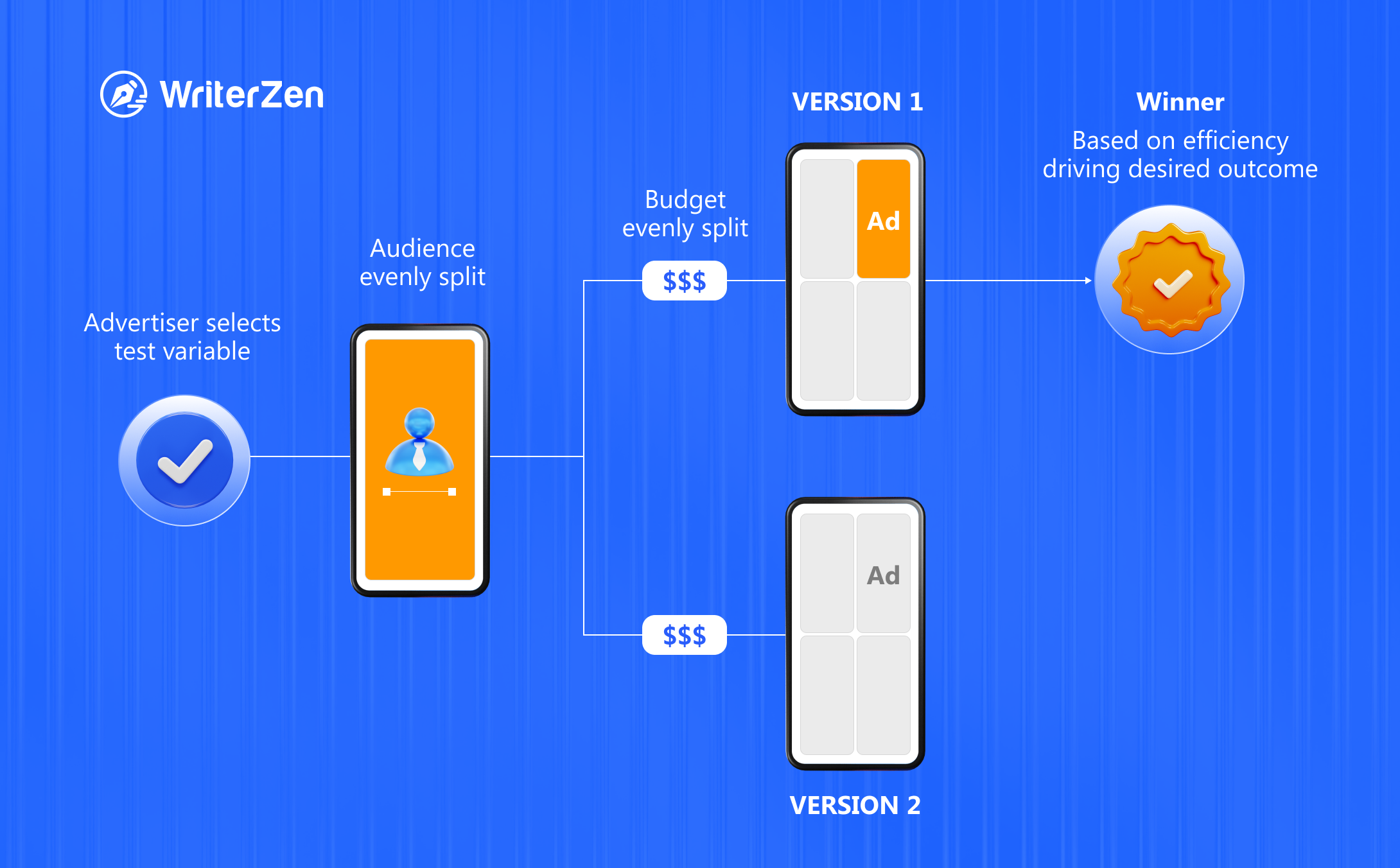
In a hypothetical example, say you have an online e-commerce store. You can create a product page with two variations of a CTA button - blue with "Add to Cart" and green with "Buy Now” is shown randomly to visitors. Data on user interactions is collected and analyzed to determine the better-performing version.
In this case, the green "Buy Now" button proves to be more effective, leading to higher click-through and conversion rates, and implementing the winning variation on the product page results in improved conversions.
Continuous A/B testing allows you to refine elements and improve marketing efforts based on data-driven insight as you discover why one version works better.
Types of A/B Testing
A/B testing is versatile and can be applied to various aspects of digital marketing. Some common types of A/B testing include:
-
Website: This involves testing different web page versions to see which leads to more conversions or engagement. It helps optimize your website for a better user experience and increased conversion rates.
-
Social media: Social media A/B testing is also crucial, involving tests on post content, CTAs, visuals, posting times, ad formats, and hashtags.
-
Email: In email marketing, you can test different subject lines, email designs, CTAs, or send times to determine the best approach to reach your audience effectively.
-
Ads: With ad A/B testing, you can compare different ad copies, visuals, or targeting options to discover which combination generates the most clicks and conversions.
-
CTA: Your call-to-action is a critical element in your marketing strategy. Testing different CTAs helps you find the most persuasive one, encouraging users to take the desired action.
Why Should You Conduct A/B Testing?
Now that you understand how A/B testing works, you might wonder why it's worth the effort. Well, A/B testing offers a host of benefits that can significantly impact your marketing efforts and business growth:
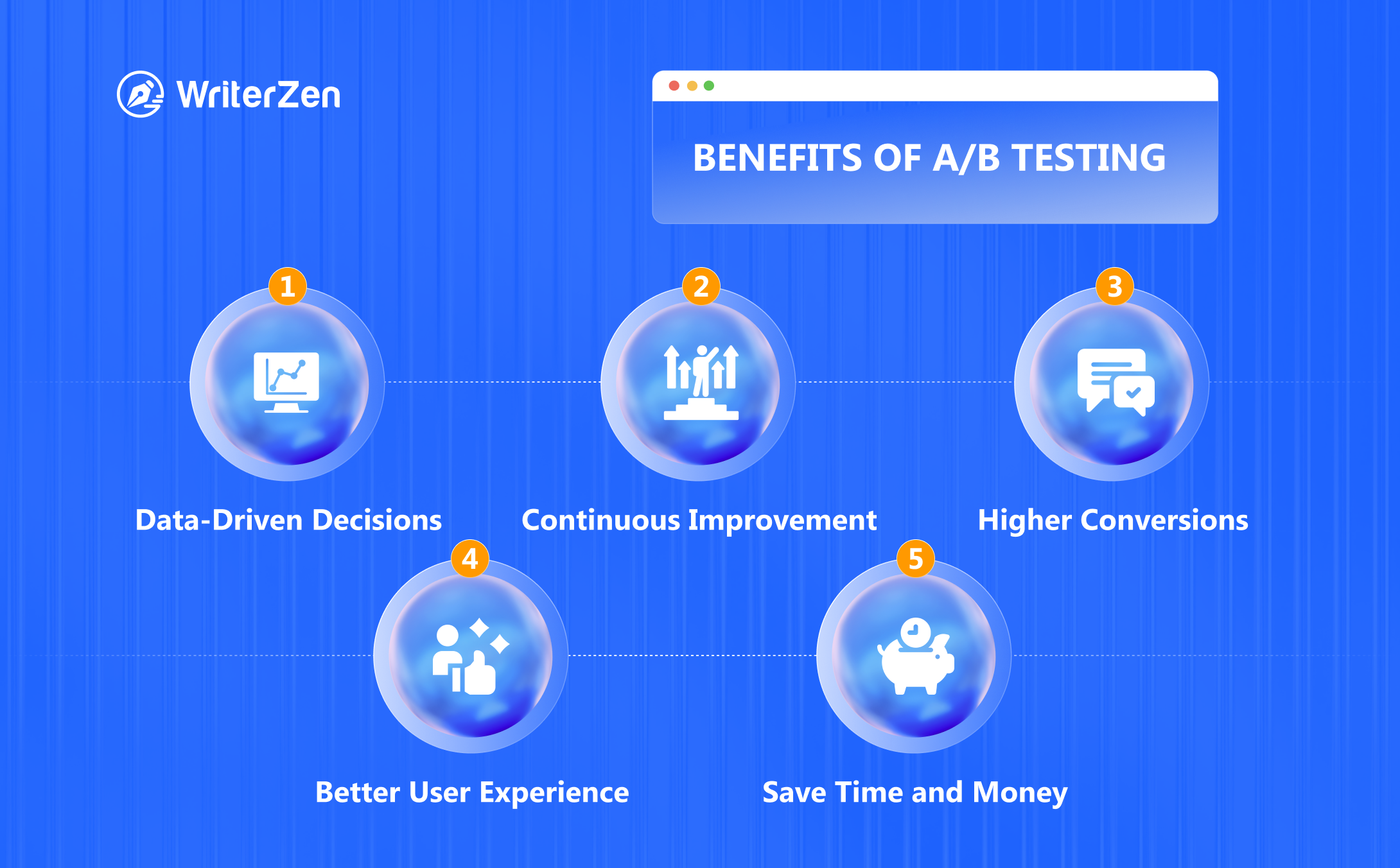
-
Data-Driven decisions: A/B testing allows you to make decisions based on concrete data rather than relying on guesswork or assumptions. This data-driven approach ensures that your marketing efforts are optimized for success.
-
Continuous improvement: You can continuously improve your marketing performance by constantly testing and optimizing different elements. Small tweaks can lead to significant gains in conversions and customer engagement.
-
Higher conversions: A/B testing helps you identify the most effective strategies to convert visitors into customers. It maximizes your chances of closing a sale or achieving your desired outcome.
-
Better user experience: Testing different variations of your website or emails helps you understand what your audience prefers. This knowledge allows you to create a more personalized and user-friendly visitor experience.
-
Save time and money: Investing time in A/B testing may seem like an effort, but it can save you money in the long run by avoiding ineffective marketing strategies and campaigns.
How to Conduct A/B Testing?
A/B testing can initially seem overwhelming, but it becomes a manageable and rewarding process with the right approach. Here's a step-by-step guide to conducting successful A/B tests:
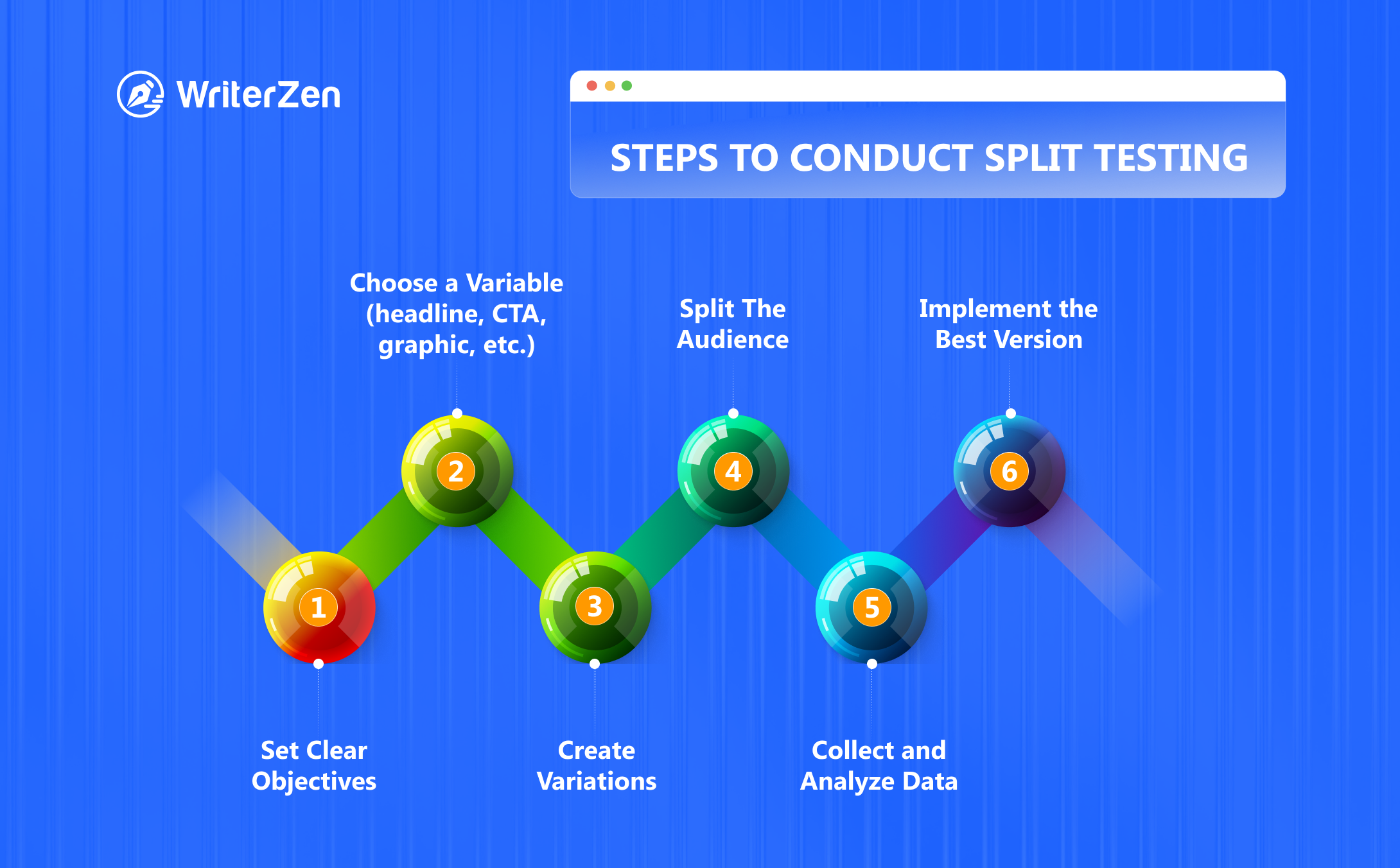
Set Clear Objectives
Define specific and measurable goals for your A/B test. Determine what you want to achieve, such as increasing conversions, reducing bounce rates, or improving click-through rates.
Choose a Variable
Some of the best ones to test are:
-
Headlines and copy
-
Call-to-action (CTA)
-
Graphics, audio and video
-
Website layout and navigation
-
Email subject lines
-
Email timing
-
Ad targeting
Create Variations
To begin an A/B test, you'll need to create at least two variations. Ensuring that the differences between the versions are significant enough to yield meaningful insights is essential. Minor changes might not substantially impact user behavior, so it's best to experiment with more noticeable alterations.
For example, if you're testing a CTA button's effectiveness, you might create one version with a green button that says "Get Started" and another with a blue button that says "Sign Up Now." These variations will help you understand which combination resonates better with your audience and drives more conversions.
Split The Audience
Once you have your versions ready, you'll need to randomly split your audience into similarly sized groups, with each group only seeing one version of the element you're testing.
The idea behind this is to eliminate bias and ensure that all groups represent your typical audience. Randomizing the distribution ensures that the groups are comparable in terms of demographics, preferences, and behaviors.
For website testing, this is typically done by your A/B testing tool, which automatically divides incoming traffic into different variations. For email campaigns, your email marketing platform may offer A/B testing features to split your email list into segments receiving different versions of the email.
Collect and Analyze Data
Now comes the data collection phase.
The duration of the test should be long enough to gather sufficient data to make accurate conclusions. The exact time may vary based on factors such as your website traffic volume, email list size, and the desired level of statistical significance.
During the test, the A/B testing tool continuously collects data on user interactions with each version. Metrics like click-through rates, conversion rates, bounce rates, time spent on page, or any other relevant KPIs are tracked and analyzed.
Implement the Best Version
Once the test period is over and enough data has been collected, it's time to analyze the results. The variation that outperforms the others in terms of your chosen key performance indicators is considered the winner.
For instance, if Version A has a significantly higher conversion rate than Version B, it indicates that the changes made in Version A have a more positive impact on user behavior. Therefore, you may choose to implement Version A as the preferred choice for your entire audience.
Finally, A/B testing is not a one-time affair. As you gather more insights and make data-driven decisions, you can continue testing different variables and refining your marketing strategies to achieve even better results.
Final Thoughts
A/B testing is a powerful tool that empowers digital marketers to make data-driven decisions and optimize their marketing campaigns for maximum impact. By testing different variations and analyzing the results, you can gain valuable insights into what works best for your audience.
Whether you're a seasoned marketer or a beginner, A/B testing is an essential strategy to take your digital marketing efforts to new heights.


